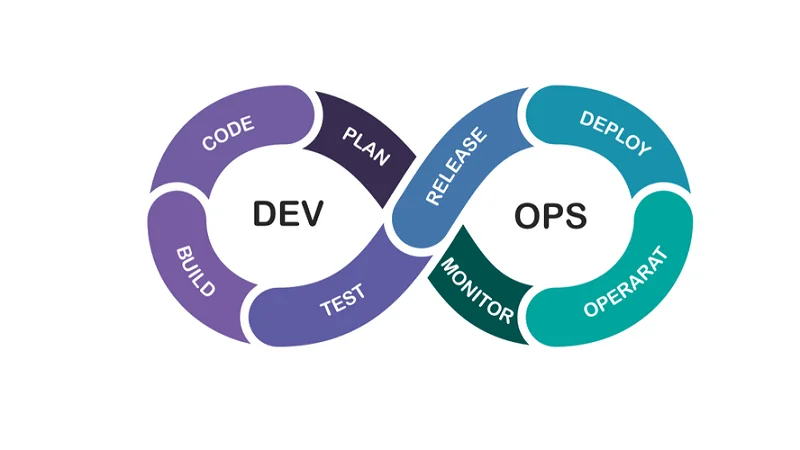Chưa có sản phẩm trong giỏ hàng.
Software development
The Ultimate Guide to Blockchain Implementation I DevTeam Space
In the Implementation Phase, you should monitor and refine the training audit. Any additional surveys and/or evaluation of the current workforce will take place to determine whether the stakeholders have the appropriate skills. Smart contracts can completely automate the transfer of money and the delivery of services, providing access to digital content and enforcing privacy protections.
The list of unconfirmed transactions as well as other internal auxiliary data structures is not depicted in Fig.2 for clarity. Second, we go into detail for each of the three core components—the nodes, the clearing server, and the smartphone app. Finally, we discuss our network setup which guarantees that only qualified participants can actually interact with the rest of the network. Despite Ethereum’s flexibility, previous research found that even smart contracts of modest complexity are relatively expensive . Furthermore, frequent changes in the cost structure of executed operations as well as changes in the exchange rate to EurosFootnote 7 make costs unpredictable .
Implementation of Blockchain in Java
Staying immune to the hype ourselves, we help our customers understand the pros and cons of blockchain solutions for every business case. As soon as our business analysts prove that blockchain is the to-go technology for your project, we elaborate the suitable strategy of blockchain software development, implementation, and sustainable use. The U.S. Drug Supply Chain Security Act of 2013 requires pharmaceutical companies to identify and trace prescription drugs to protect consumers from counterfeit, stolen, or harmful products. Driven by that mandate, a large pharmaceutical company in our study is collaborating with its supply chain partners to use blockchain for this purpose.

It guarantees that the billing process of each utility is handled off-chain and by each utility individually. Even though it is possible to emulate x86-64 instructions on a Raspberry Pi, the possibilities are limited and the overhead is significant. One of the most prominent options for emulation, QEMUFootnote 9, offers x86 support, but only limited x86-64 supportFootnote 10. In summary, customers agree on a distribution of shares for each 15-min time slot. This information is forwarded to the utility provider that individually bills each customer based on their energy demand and supply for each time slot.
Upgrade Your Blockchain Skills with 101 Blockchains
Whether it’s between people or organizations, relationships flourish when there’s more trust. From jewelry to insurance to food, IBM Blockchain can elevate that trust to an entirely new level by helping https://globalcloudteam.com/ parties transacting together validate and share immutable transaction records on a private, distributed ledger. Today’s supply chain is a complex network of relationships, scheduling, systems and data.

By triangulating a transaction’s sending and receiving information, the sender or receivers can be identified. Now before jumping to the implementation part, let’s try to clear various myths and realities around blockchain. Decentralization of blockchain transfers supervision and decision-making from a centralized association to a distributed network. It decreases the necessity of trust that members should put in each other and negates the scope to exercise authority or command over each other to corrupt the network capabilities. Blockchain came into being as an idea in 1991 when research scientists Stuart Haber and W.
Beyond Bitcoin: The revolutionary benefits of blockchain technology
Blockchain-based solutions to trade energy between households have been proposed. In , a Bitcoin-based application is described which allows for energy trading, but comes at the cost of requiring micropayments for transactions as well as the general limitations of the Bitcoin network such as transaction speed. Even though they simulate solar energy production and support partial transfer of energy, the transaction costs of their protocol are impractically high for a use case such as ours. In our private and permissioned blockchain, a consortium of energy providers and network operators assigns permissions to new customers. These permissions allow customers to interact, i.e., read from and write to, the blockchain, similar to .
- It is important that contracts include periodic analysis of the long-term viability of frameworks and a roadmap to mitigate market and technology disruptions.
- We first describe the legal requirements which make a implementation of the use case necessary in the first place and provide a high-level description of the use case with all actors.
- The tiniest miscalculation on the superhero’s behalf could end up in catastrophic consequences for people around them.
- For some applications, it is more useful to view a blockchain as a state machine .
- You could use some help with this planning process, and our guide “What to plan for when undertaking blockchain software development?
- The challenges in the “implement immediately” quadrant are critical for implementing blockchain technology and require less effort.
Over the past year, Consultant B2 has worked closely with large retailers who have influenced all their supply chain members towards blockchain implementation so that they can trace the origin of the products they are selling. Meanwhile, Client C1 requires all its supply chain members to use blockchain technology to trace the life cycle of steel bars. Large ledgers require large bandwidth and time to synchronize within nodes. The operations team need good continuous monitoring and alerting framework to detect problems or potential issues well in time. A majority node failure within a small blockchain network is a security concern due to potential lack of quorum or a hijack by a small set of rogue voting nodes. For example, Walmart Canada employs a blockchain freight-invoicing application that uses smart contracts to pull shipment data in real time for invoices.
Implementing Blockchain Technology
When a connection is lost, the timeout can take several seconds to be noticed by the transport layer. In the meantime, the communication thread waits for a reply or a timeout and is not able to process other messages from its queue. This leads to the remaining nodes not receiving further messages until the timeout is noticed. Communication is slowed down significantly if timeouts occur often, e.g., when a node has an unstable network connection or is offline.

To feed the billing process, the clearing server uses the node’s API to request the currently known distribution of portions. The portions held by each customer for each time slot are then used for billing. Therefore, the customers’ energy consumption and energy production is mapped to their respective portions. The resulting value in kWh and monetary units is displayed to the customer in the app. The details of the mapping, the meter readings, and the internal billing are out of scope for this paper.
Tell Us About Your Challenge & Get a Free Strategy Session
A revocation process ensures that inactive users no longer participate in the blockchain. In practice, branches may occur, where one or more nodes create new blocks at the same time. Commonly, the branch that contains more work, i.e., the longer branch, is considered to be the valid one.

Furthermore, the regulations are the reason why organizations have to monitor the ever-changing regulatory framework. Organizations would also have to put their effort into shaping blockchain. Different countries have specific regulations how to implement blockchain and approaches for integrating blockchain. As a disruptive technology, there is a particular prowess of the technology that enterprise customers need to understand regarding the pitfalls and prerequisites to implement blockchain.

